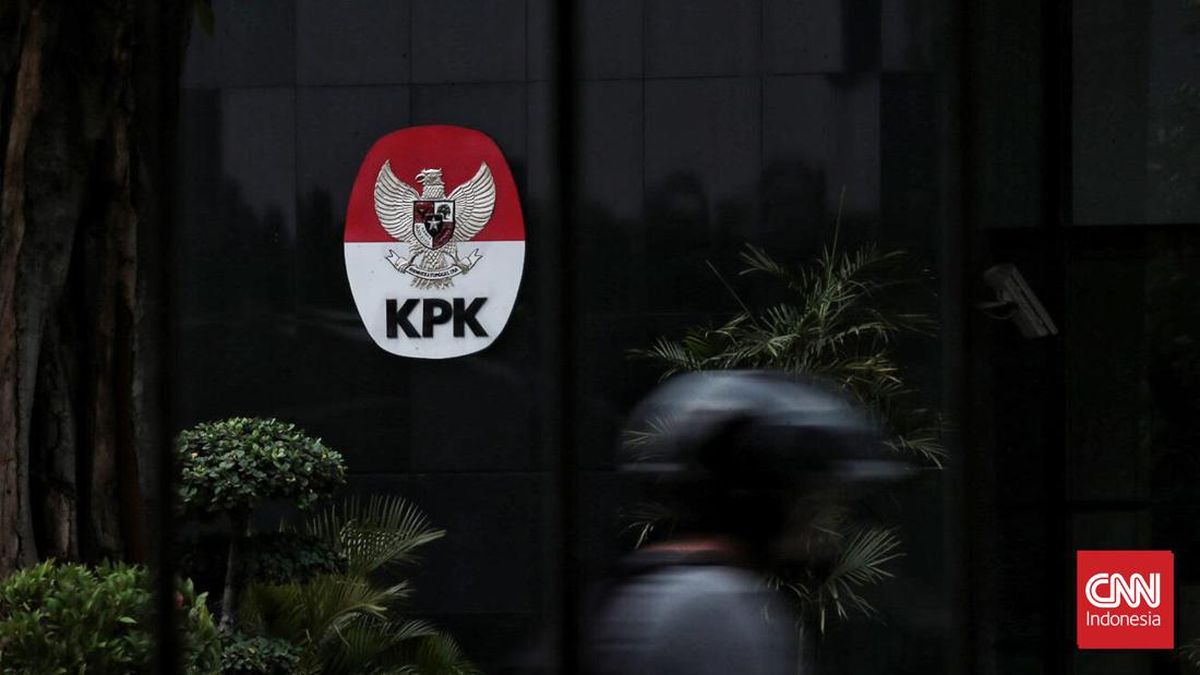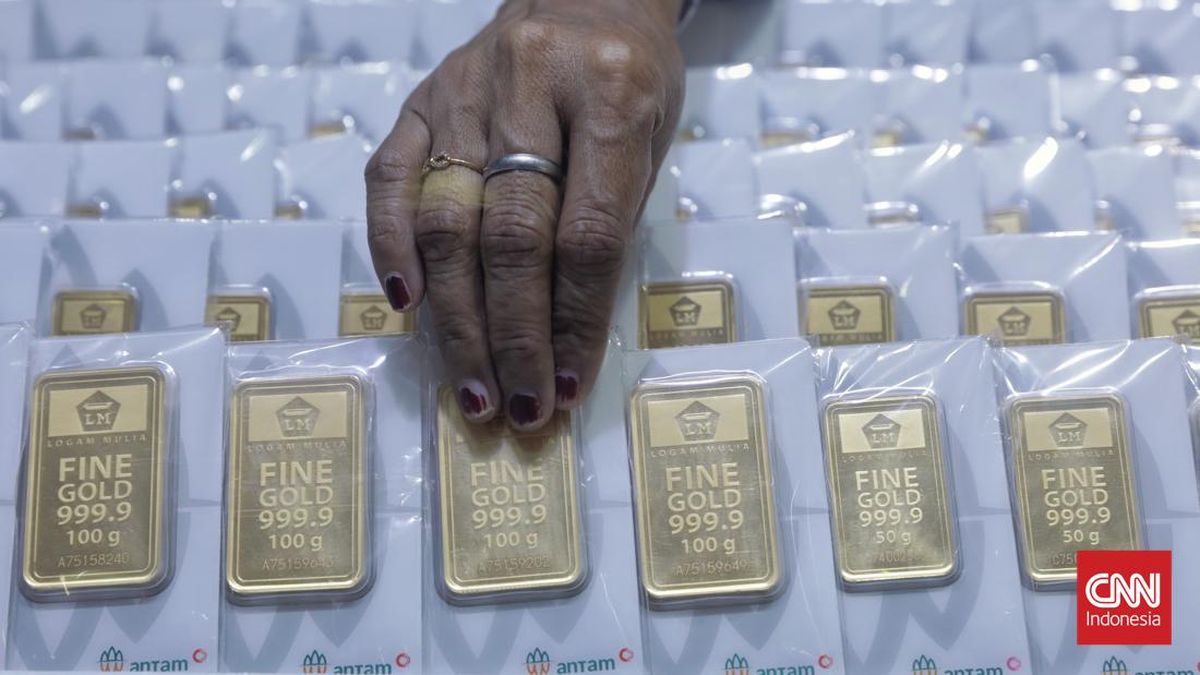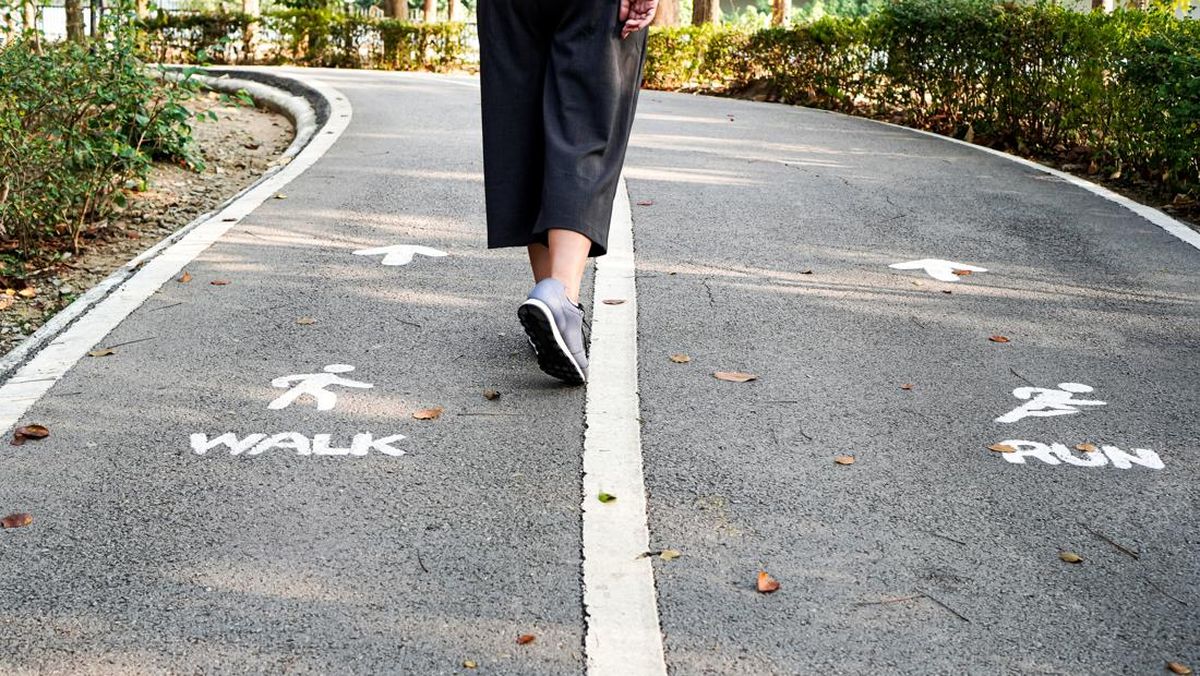It’s been a productive few years for Apple’s iPhone, meaning quite a bit will have changed if you’re looking to upgrade from an older device. The iPhone 15 added the action button, the iPhone 16 added the camera control zone, and on the software side we’ve seen the introduction of Apple Intelligence and now the divisive transparencies of Liquid Glass in iOS 26.
The latest line-up of iPhones that are now in stores all have these features, and all function more or less the same, but they present three distinct options from a hardware point of view. After a few weeks switching between them, here’s what you need to know about the iPhone 17, iPhone 17 Pro and iPhone Air.
We’ve been trained to think of the higher-end or Pro model smartphones as the good ones and the standard models as less-than. But this year’s regular iPhone makes so many leaps ahead that it’s difficult to think of it as anything other than Apple’s mainstream premium offering. For the vast majority of people, it will have the features and performance they’d have previously expected from a Pro iPhone, just without the Pro price tag.
For starters, Apple has finally upgraded the screen to meet the standards of other high-end devices. It’s slightly larger than last year at 6.3 inches, it has a 120Hz variable refresh, meaning it can display very smooth scrolling and animation or pare right back to save battery on static images, and it supports always-on display so you can have information constantly on the screen even when it’s locked.
These features are all common in Android land, but were previously exclusive to Pro iPhones. This year, the iPhone 17 display is indistinguishable from that of the iPhone 17 Pro, even sharing the same high resolution and brightness. And Apple’s newly developed Ceramic Shield 2, which promises better protection from drops and scratches, is applied on both.
Camera-wise, the iPhone 17 packs the same 48MP main shooter it’s had for a while, plus an ultrawide that seems like it may have been borrowed from last year’s Pro. Colour, contrast and detail are excellent as usual, though everyday shots aren’t significantly better than on the iPhone 16 or 15. Shots zoomed to 2x look great, but zoom any further and you’ll start noticing aggressive artificial sharpening. Results are consistently good from the ultrawide camera, but the big improvement over previous standard iPhone models is that this one has autofocus, so it will automatically tag in to provide a macro mode when you need to focus up close.

The iPhone colours are more muted this year than they were last year, but still cover a good range.
Around the front, the selfie camera is brand new. It’s a wide-angle, multi-aspect shooter, meaning it can take either landscape or portrait orientation photos without you needing to rotate the phone, so no more shakily balancing the device on your little finger on an outstretched arm for a group selfie. You can control the zoom and orientation manually, or you can activate auto options that will take note of how many people are in the selfie and adjust to suit. It’s notable that this new selfie camera, and a new mode that lets you record from the front and back at the same time, are major 2025 upgrades that work on all new phones, which is refreshing after years of new features going to Pro first.
Physically the phone greatly resembles last year’s model, just in more muted colours. If you had them side by side you’d notice the 17 is slightly longer, but in use, it still feels like a comparatively compact phone. Its classic glass and aluminium build is smooth and light, though of course it could always be lighter.
The iPhone Air is a curious product. It’s very thin, which you notice in the hand right away. It’s also very light, which is less obvious, at least to me; I’m not sure that I can tell the difference between the 165-gram Air and the 177-gram iPhone 17. But while the form factor has its benefits – including looking cool, taking up less room in your pocket or bag, and presumably being easier to hold aloft for long periods of time if you’re at a concert. But the drive for thinness comes with compromises.
A common reaction to the Air has been that a thinner device must be more fragile, but that’s not necessarily true. When a phone breaks, it tends to be because the glass smashes, and the glass here is the same as on the Air’s thicker siblings. The frame is titanium, and there’s no obvious reason to doubt Apple’s claim that it’s more resistant to damage than any previous iPhone. I gave in to the impulse to flex it as hard as I possibly could and, while you can see a little bit of a bend in the frame, it goes right back to normal afterwards.
The more pertinent drawbacks are related to hardware that Apple was unable to fit into such a skinny frame. The battery is physically smaller here, and while the Air still made it through a regular workday just fine, it couldn’t stand up to a full 16 hours of testing and gaming like both the iPhone 17 and 17 Pro did. And it only has one camera lens, so while the standard shots and 2x zooms are just as nice as on the iPhone 17, there’s no macro, ultrawide or longer optical zoom option. The SIM tray is gone, so it’s eSIM only for the Air. And the single loudspeaker sounds anemic.
After a week or so using the Air every day, there’s no denying it’s an exceptional phone. I love the size of the 6.5-inch OLED screen, sitting between the small and large sizes Apple usually sticks to, and it’s just as bright and smooth as its siblings. It has a modified version of the A19 Pro chip inside, meaning it’s also between the standard and Pro models for performance, and that’s plenty of power for practically anything you’d need to do with a phone. If you like Apple’s Liquid Glass visual design, there’s no better hardware to complement it besides maybe the M4 iPad Pro. Subjectively speaking, I don’t like the plain look of the phone’s back glass, with the big honking camera lens being the sole focal point, and I wish Apple had gone with something more bold. But then I’m not a big fan of Liquid Glass either.
The bigger issue with the Air is that I’m not convinced “thin and light” is a selling point for many people, and if you remove that factor, the device doesn’t stack up especially well. It’s $400 more expensive than the standard iPhone, with one less camera, a smaller battery and only a marginally larger screen. On the other hand, for $400 more you could get the iPhone Pro Max, which against the Air has a significantly larger screen, 10 hours’ more battery (according to Apple’s video playback tests) and two extra cameras.
But if thin and light is more appealing to you than extra cameras, the Air at least looks attractive next to the smaller iPhone 17 Pro. It’s $200 cheaper, has a slightly bigger screen and is almost as powerful.
So what in particular do you get if you opt to go Pro? The most expensive iPhones are in a bit of a strange spot this year given how far the standard model has risen, but they still have a few exclusive tricks up their sleeves.
To start, the Pros have been given their own distinct design and I really like it. A seamless aluminum unibody wraps back from all edges of the device across a chunky camera bar at the upper rear, leaving a playing card-sized (or larger on the Max) glass panel in the middle that looks colour matched from some angles and contrasting from others. The device has a nicer feel than last year’s titanium Pro too, but I’m going to guess it’s more prone to dings and scratches.
Among the cameras, the standard, selfie and ultrawide lenses offer mostly the same experience as on the standard iPhone 17, but the telephoto lens adds a lot of utility. It’s a bit of a sideways step from last year’s Pro, with a 48MP camera at 4x zoom replacing a 12MP one at 5x, but the advantage is more consistent results in the mid-range. Shots between 4x and 5x now look great, whereas previously they could get quite noisy, and in good light you can still get perfectly nice results at 10x.
Loading
As noted above, the display on the 17 Pro is practically identical to the standard 17, but the 17 Pro Max is the only way to get the biggest 6.9-inch screen since there’s no Plus model this year. The Max is also a battery life beast and will sometimes still have 50 per cent left when it’s time for bed, although the standard Pro is no slouch either.
Of course, if you’re using your Pro phone for professional applications, you’ll make use of some capabilities most users wouldn’t even notice. The standard iPhone is still on USB 2.0, but the Pro is on 3.2 Gen 2, meaning wired transfer speeds are significantly faster. For video recording, the Pro will handle 4K HDR video at 120 frames per second, albeit in a format you’ll only be able to read on current Macs, and it supports things only video production people will care about, including ProRes RAW, Apple Log 2, Genlock and time codes.
We’ve almost reached a point where the “Pro” iPhones really do make most sense for creative professionals, with most users just as well served by the standard phone. But we’re not quite there yet, since the larger display and telephoto camera will be must-haves for some, and worth the big price jump.
Get news and reviews on technology, gadgets and gaming in our Technology newsletter every Friday. Sign up here.
Most Viewed in Technology
Loading


















































